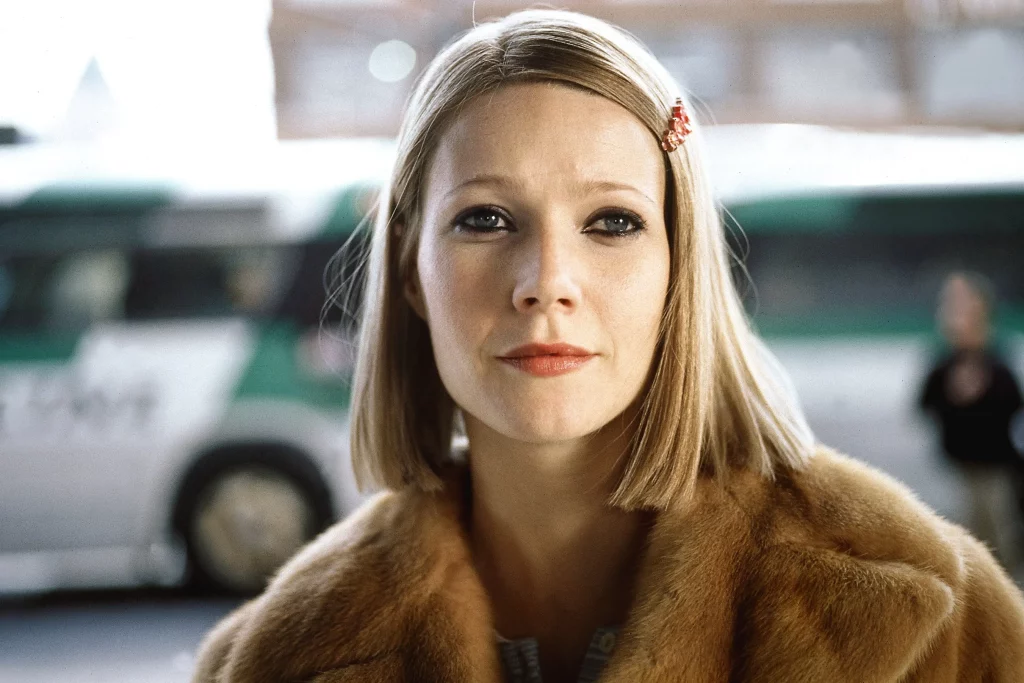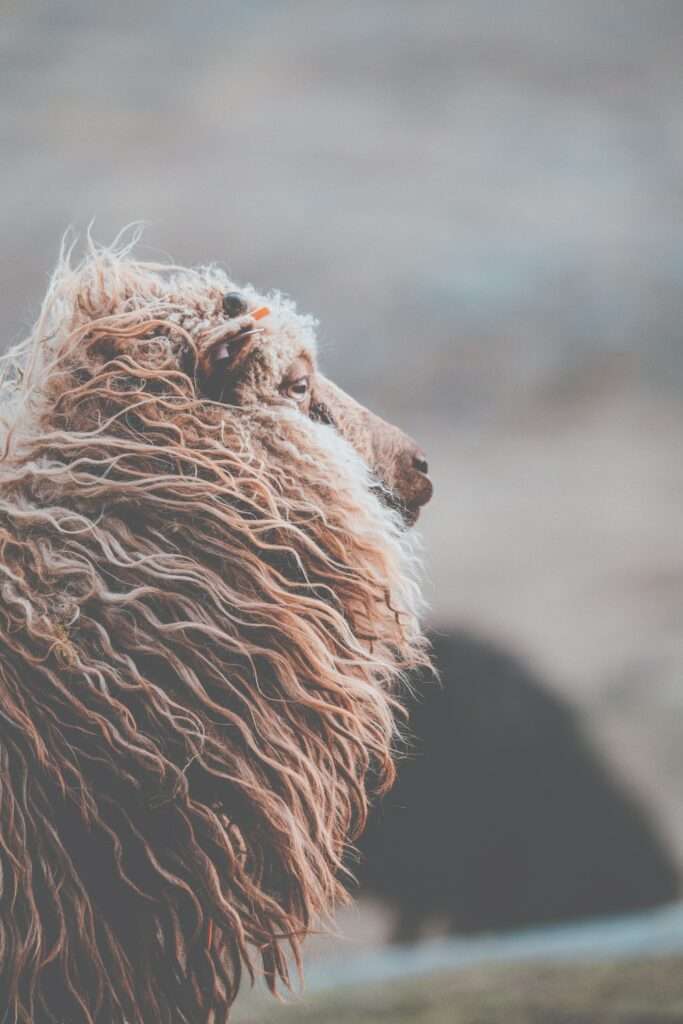What makes fur, fur? A new materials report from the Material Innovation Initiative takes a deep dive into solutions aimed at replacing animal and petrochemical-based fur products.
“Fur is one of the earliest animal-based clothing materials used by humans, with evidence dating back over 40,000 years. From apparel, to accessories, toys, homegoods, and more, fur has been a mainstay of the fashion industry ever since,” reads the introduction to the new report “What Makes Fur, Fur?” from the Material Innovation Initiative (MII).
But, MII notes, “with this rich history comes a price.” It says millions of animals are still raised in poor conditions and slaughtered in the global fur trade every year to supply the world’s fur demand. The report dives into the evolving landscape of fur products. MII explores the potential for next-generation fur made from a range of animal-free materials that mimic the feel and luxury of traditional fur without the ethical and environmental costs. The initiative comes as public sentiment is turning against animal-derived fur due to the harsh realities of animal welfare in the fur trade. MII’s report provides a timely analysis of alternative fur options, highlighting innovators like BioFluff, Devo Home, and Ecopel who are leading the way in developing cruelty-free fur.

“In our report we connect the dots so that next-gen fur innovation can meet the needs of the fashion industry and beyond,” Nicole Rawling, CEO and Co-Founder of MII, said in a statement accompanying the report. “We’re already seeing some promising innovation in this area and our goal with this report is to inspire a new generation of scientists and entrepreneurs to develop high-performance, luxurious, and sustainable next-gen fur materials.” The report notes that more than 99 percent of current fur options are either derived from animals or petrochemicals. “In order to move beyond these lackluster inputs to create high-performing, environmentally preferable next-gen fur which mimics the incumbents, we need to understand more about the science behind animal fur and synthetic fur,” reads the report.
Rawling says that even if people don’t extend their compassion to animals like raccoons and foxes, “they generally abhor the killing of dogs, which are commonly used for fur and falsely labeled as another animal,” highlighting the often-hidden cruelty in the fur industry. The report also mentions sheep wool, which has historically not been classified as fur as it can be obtained without killing the animal — but MII says, like fur, it is a problematic material linked to increased heat-trapping gasses and ethical concerns over practices like mulesing.

“PETA entities’ investigations into the fur trade have revealed that chinchillas scream in pain while they’re electrocuted, terrified minks cry out and struggle as workers cram them into metal drums that are then pumped full of gas, and rabbits are bludgeoned and decapitated while they’re still alive, among other horrors,” Tracy Reiman, PETA’s Executive Vice President, says in the report. “The fur industry is the antithesis of creativity, innovation, and ethics, and if companies want to appeal to increasingly socially conscious consumers, they need to commit to using luxurious
vegan materials, which don’t involve the violent deaths of animals.”
The environmental impacts of fur are also staggering, says MII. “To make just 1 kg of mink fur, over 560 kg of animal feed is required, and over 110 kg of CO2 eq is emitted during manufacturing.” Synthetic fur also sheds microplastics, which MII says are proliferated around the globe by rain, lakes, rivers, air, ocean currents, and ocean circulation patterns. “They have been found in the Amazon River and estuaries, the Mariana Trench, remote lakes, Swiss Alps snow, Arctic ice, all major oceanic basins, and in nearly every other environment tested for
their presence. Microplastics can persist in these ecosystems for centuries and are
nearly impossible to remove using current technologies.” The report argues that next-generation fur can mitigate these impacts by offering more sustainable and ethical alternatives.
MII will also host a webinar to further discuss these issues. The event will cover various topics, including the performance, aesthetics, and environmental advantages of next-gen fur. Interested individuals can register for the webinar, scheduled for April 30, 2024, at 12 pm EST.
Related on Ethos:


